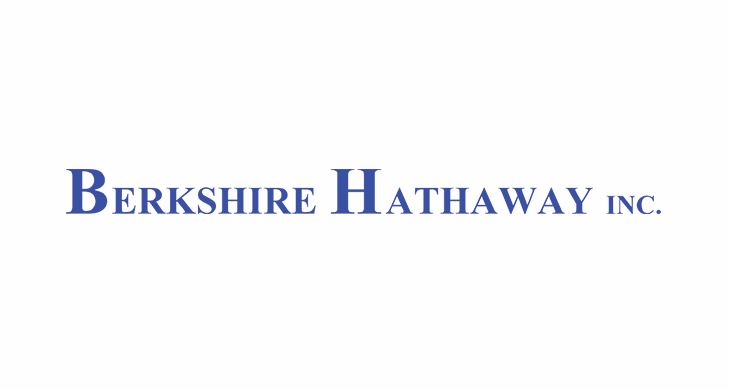For the second consecutive year, Warren Buffett’s reinsurance businesses at Berkshire Hathaway have suffered an underwriting loss for the first-quarter, but the overall performance of the re/insurance segment of the conglomerate rose thanks to investment returns.
 For Q1 2019, Berkshire Hathaway’s re/insurance underwriting income was $389 million, down on the prior year’s $407 million.
For Q1 2019, Berkshire Hathaway’s re/insurance underwriting income was $389 million, down on the prior year’s $407 million.
But the insurance investment income from the all-important float pile that Berkshire Hathaway has cultivated over the years delivered $1.237 billion, up from the $1.012 billion of the prior year, and so offsetting the dip in underwriting result for the firm.
The investment income across Warren Buffett’s enterprise was again the driver of significant profits for Berkshire Hathaway, as it reported overall investment gains of $15.498 billion, a significant leap from Q1 2018’s negative -$6.263 billion investment loss.
That helped Berkshire Hathaway as a conglomerate report net earnings of $21.661 billion for Q1 2019, compared to a net loss of $1.138 billion a year ago.
The investment side of Warren Buffett’s business is key to its performance and the insurance and reinsurance businesses are key to the development and growth of the investment pile.
Berkshire Hathaway added a cool billion dollars to its all-important insurance float since the end of 2018, ending Q1 with a huge $124 billion war chest of investment cash.
But the reinsurance underwriting side of the business was again hit by losses, as a net underwriting loss was reported for Q1 2019, the second for Q1 in consecutive years.
The last quarter saw Berkshire Hathaway’s reinsurance business report a pre-tax underwriting loss across all segments except for life and health, culminating in a loss of -$253 million, slightly better than the -$278 million of the prior year Q1.
Property and casualty reinsurance suffered a -$40 million loss, while retroactive reinsurance fell to -$323 million and the periodic payment annuities business -$170 million. The life and health reinsurance business softened these blows considerably, delivering pre-tax underwriting gains of $280 million for the quarter.
The property and casualty reinsurance businesses were hit by casualty impacts it seems, having not suffered any major catastrophe events in the quarter.
However, it’s likely Buffett’s P&C reinsurance business also took its share of losses from aviation events in the quarter, as well as some loss creep from prior year catastrophes.
Premiums earned rose by almost 15% to over $2.3 billion for the quarter, which bodes well for performance later in the year if losses can be controlled.
But a 76.4% loss and loss adjustment expense ratio drove the P&C reinsurance units to an underwriting loss, with a combined ratio of 101.7% for Q1 2019, much worse than the prior year’s 93.6%.
$212 million of prior year loss additions were experienced in the quarter, compared to a decline in the prior year, as loss creep struck Berkshire’s reinsurance units.
Some of this loss creep is likely linked to typhoon Jebi in Japan, although no details are given by Berkshire Hathaway on precisely where this significant upwards revision to reserves for prior year events came from.
The Berkshire Hathaway primary insurance business group also fell to an underwriting loss in the first-quarter of 2019, although much smaller at -$30 million and largely driven by additions to reserves for legacy casualty exposures and a 73% loss and LAE ratio, it seems.
GEICO, the auto insurance unit, delivered again though, with $770 million of underwriting gain, which helped the overall result considerably.
So, it wasn’t the best quarter on the underwriting side, although clearly much of this is related to prior year loss events.
For the rest of the industry, it may be encouraging to see that reserve strengthening is being seen among all the major players at the end of Q1, showing that nobody is immune to this when it comes to making loss picks for the most complex of events.


